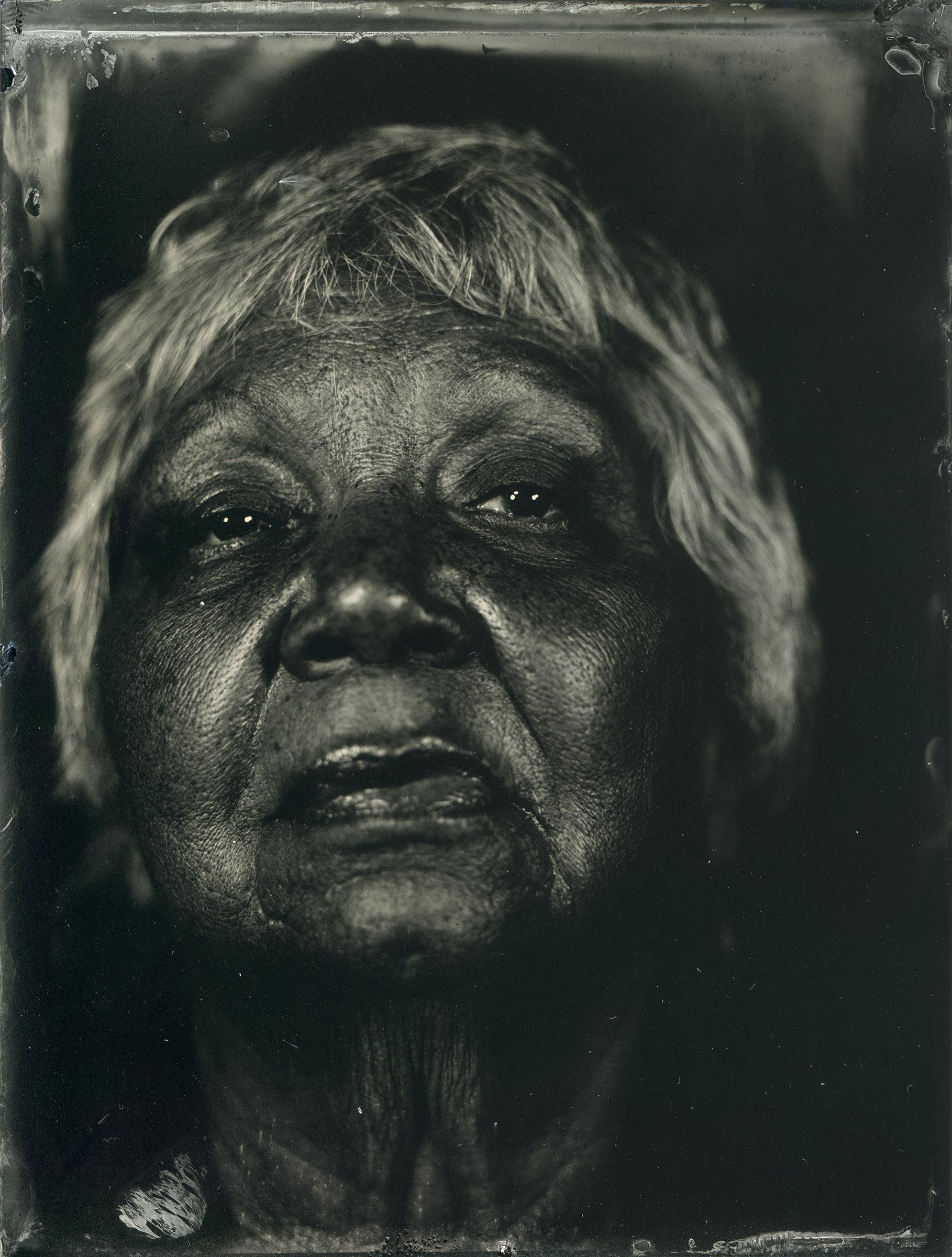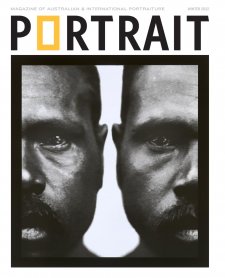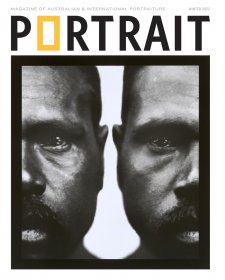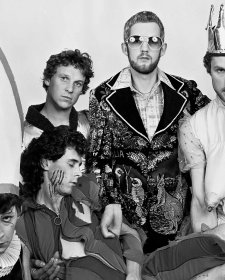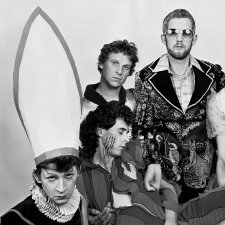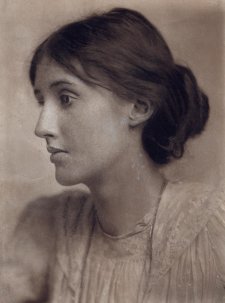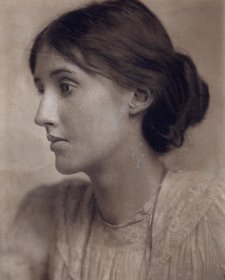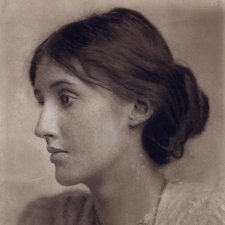I have known Dr Aunty Matilda House, Ngambri Elder, Traditional Custodian and Cultural Knowledge Holder, since I was a child, after my father, Joe Croft – a Gurindji/Malngin/Mudburra/Chinese/Irish man and Stolen Generations member – moved to Canberra to work with the newly established Department of Aboriginal Affairs in 1974, with the rest of our family following in 1975.
This was the decade of First Nations self-determination, with thousands of First Nations peoples coming from around the country to work collectively for the betterment of our Mob. The tide had been turning since the late 1960s, but especially so with the establishment on 26 January 1972 of the Aboriginal Tent Embassy.
Having returned to live on her traditional homelands in the 1960s Aunty Matilda was a steadfast presence at the Embassy, including during efforts by authorities to forcibly remove the growing contingent of First Nations’ activists. Starting with the Aboriginal Tent Embassy and ending with Labor Government landslide – what a year!
The reformist Whitlam Government was determined to create positive change for disadvantaged groups, upsetting the status quo entrenched since the earliest days of colonial contact. Aunty Matilda worked with my father during this period and our families became friends.
My personal and professional relationship with Aunty Matilda over more than four decades made her selection as a subject in the series I have been working on since 2016 an easy choice. Her 75 years of lived experience and small stature embodies an indefatigable powerhouse, a First Nations woman ‘who has dedicated her life to the pursuit of social justice for Indigenous people’.
Her strength and solidity are explicitly apparent in Matilda (Ngambri). As soon as that powerful image appeared on the tintype in the developing tray I knew it was the one I would scan and enlarge.
Wet plate collodion processing, a nineteenth-century photographic technique, was a deliberate choice – the process imbues all the subjects’ faces with a collective cultural resonance and power, an effect and impact that cannot be captured through film or digital processes.
All the girls and women photographed to date represent the spirit of First Nations women who have gone before us. They are our cultural guides and mentors, leaders and carers, sages and warriors – women from deep history, leading us into the future. Deadly, solid, staunch Kajirris (women).
Marntaj (OK, finished, all right, goodbye).
